
Female images created by OA Kiprensky are an invaluable page in the history of Russian art. They were a revelation even after the masterpieces of FS Rokotov, DG Levitsky, VL Borovikovsky. Each of his portraits – whether portraits of DN Khvostova or ES Avdulina, SS Shcherbatova – conquers an unprecedented degree of penetration into the spiritual depths of the image, a unique uniqueness of appearance, impeccable performing skills. One of the peaks among them is “Portrait of Ye. P. Rostopchina.”
Countess Ekaterina Petrovna Rostopchina, next to her noisy, active husband, Count FV Rostopchin, future unlucky Moscow governor, collector and writer, was some kind of inner contradiction to him.
In contrast to the image of Rostopchin in the Rostopchin’s passage, a state of spiritual silence, concentrated attention dominates. The woman is dressed in a modest homemade dress, a deaf brown background conceals the contours of the figure.
All the attention of the artist and the viewer is riveted to her gentle, trembling face framed by the light foam of the lace of the cap and collar. In a wide-open, unseeing glance, in a gentle smile, in the noticeable strain of a woman’s figure, as if startled at someone’s call, there is an acute emotional and spiritual life.
Kiprensky sincerely conveyed a secret drama, a willingness to suffer, then the state of the spiritual threshold on which his heroine was. Since 1814, when her husband retired, Rostopchiny traveled and lived in Germany and France. Abroad, by 1822, Ekaterina Petrovna, then the mother of five children, had survived a psychological crisis that had converted to Catholicism. This led to disagreements between the spouses.
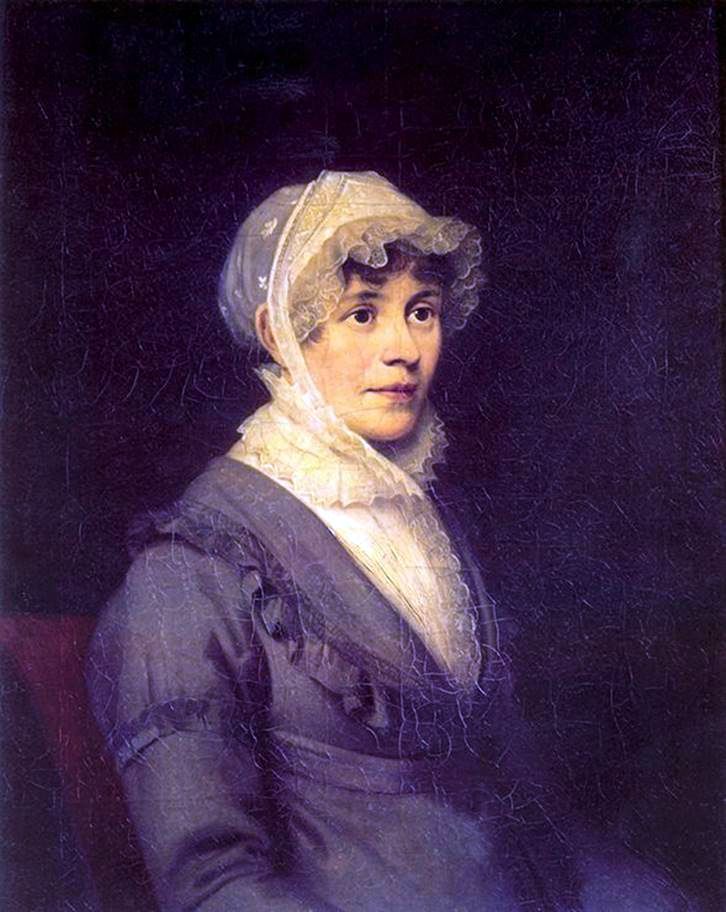 Portrait de E. P. Rastopchina – Orest Kiprensky
Portrait de E. P. Rastopchina – Orest Kiprensky Retrato E. P. Rostopchina – Orest Kiprensky
Retrato E. P. Rostopchina – Orest Kiprensky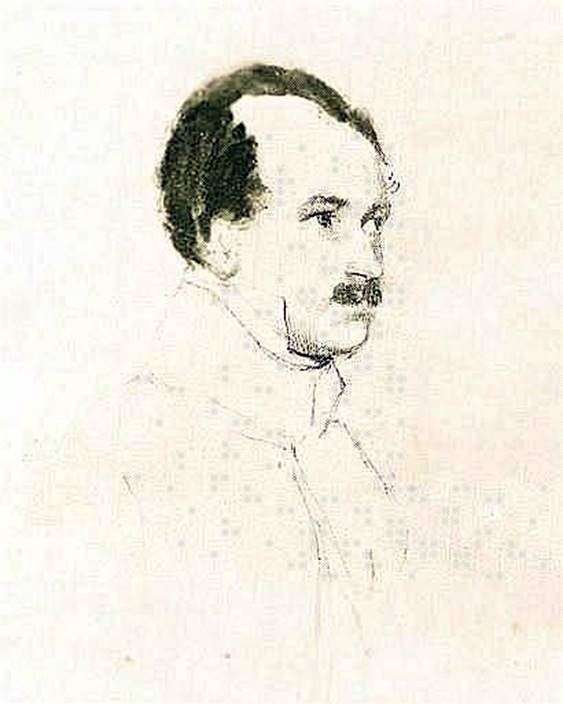 Portrait of MF Orlov by Orest of Kiprensky
Portrait of MF Orlov by Orest of Kiprensky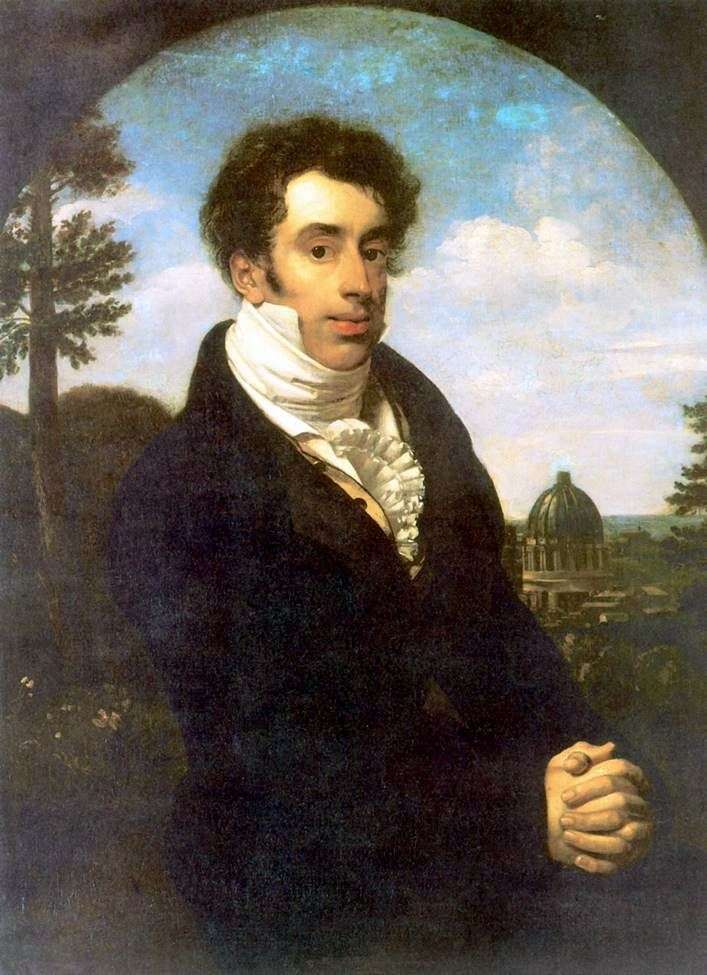 Portrait of Prince AM Glitsyn by Orest of Kiprensky
Portrait of Prince AM Glitsyn by Orest of Kiprensky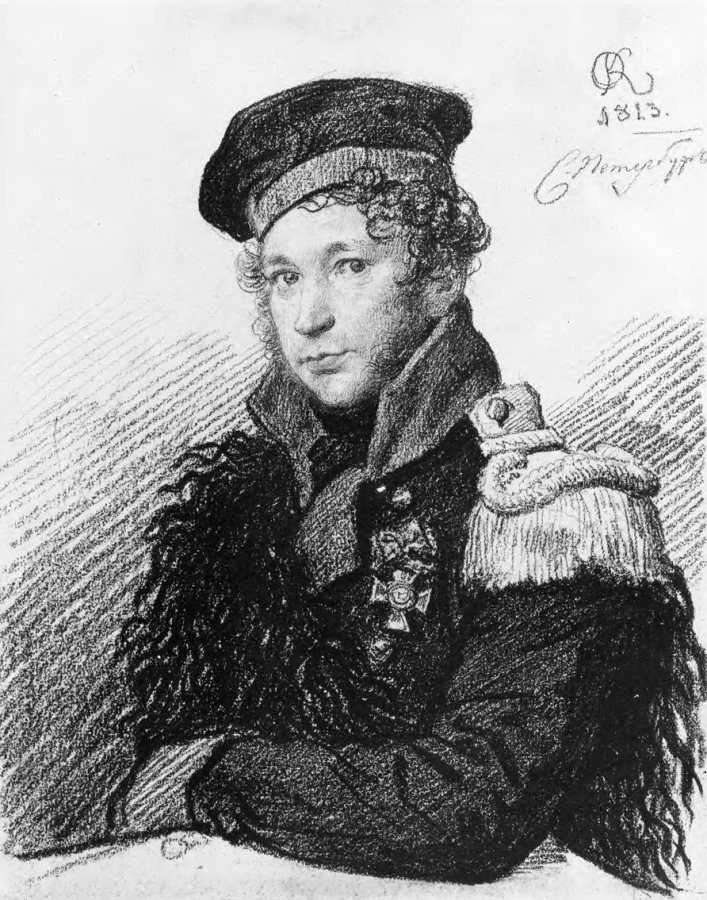 Portrait of A. Tomilov in the form of a military militiaman by Orest Kiprensky
Portrait of A. Tomilov in the form of a military militiaman by Orest Kiprensky Portrait of Count F. V. Rostopchin by Orest of Kiprensky
Portrait of Count F. V. Rostopchin by Orest of Kiprensky Portrait of actress ES Semenova by Orest Kiprensky
Portrait of actress ES Semenova by Orest Kiprensky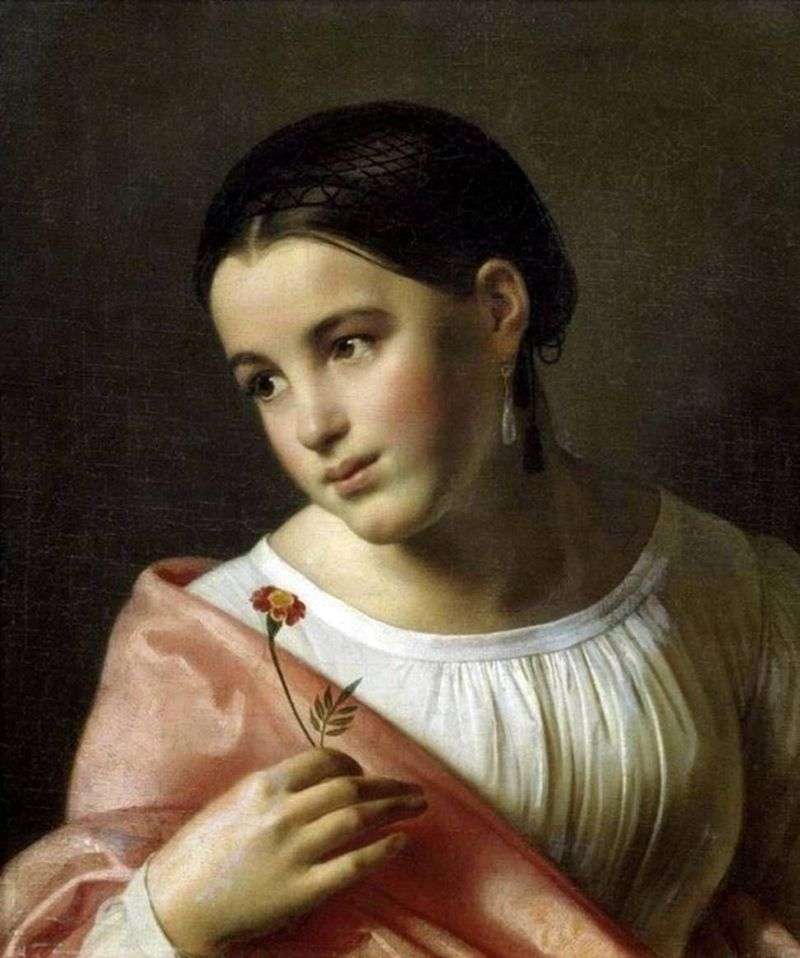 Poor Lisa by Orest of Kiprensky
Poor Lisa by Orest of Kiprensky